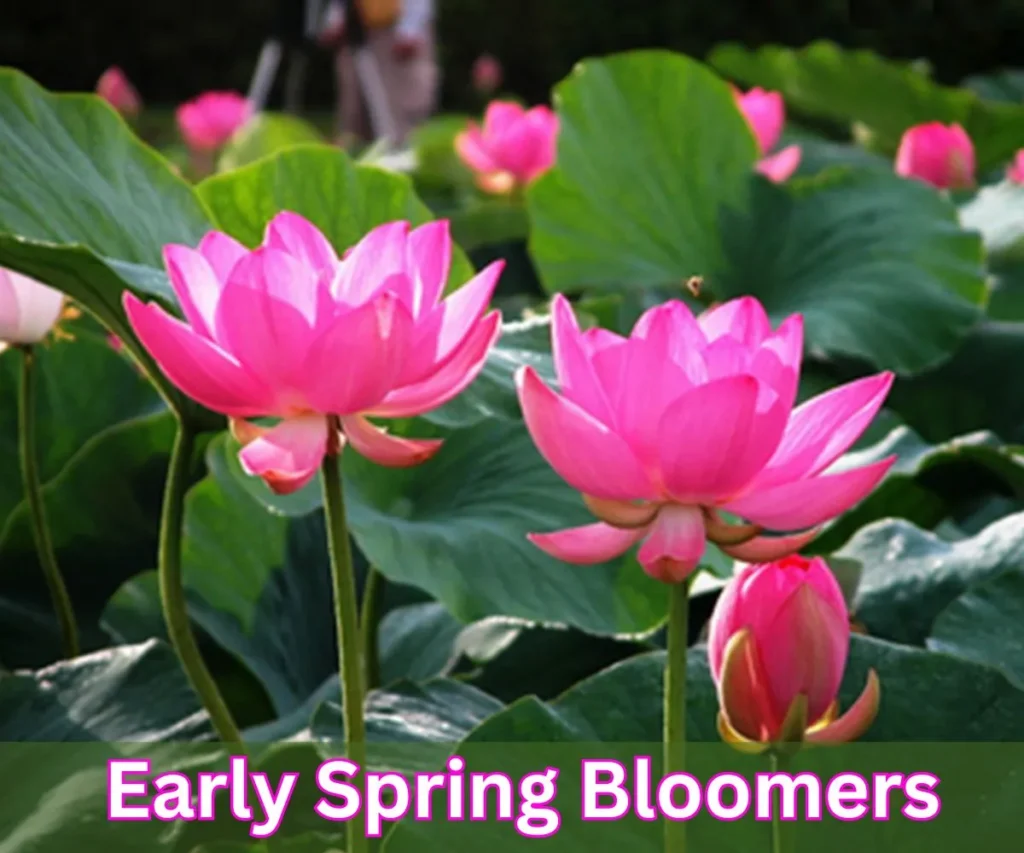As the sit down decrease all over again of wintry climate gives manner to the sparkling promise of spring, gardeners eagerly count on the bloom of early spring vegetation that signifies the season’s arrival.
Early spring bloomers are not handiest to cope with for the eyes however moreover an vital element in developing a colorful and alluring garden.
Based on insights and pointers from the New York Times, we’ve curated a listing of the remarkable early spring bloomers on the manner to supply shade and delight to your lawn.
What are the exceptional early spring bloomers for a colorful lawn?
NYT’s top alternatives for early spring plants include colorful options like tulips, daffodils, and hyacinths.
These blooms add life and brightness on your lawn as winter fades. Planting them ensures a stunning display that welcomes the hotter months.
Get equipped to enjoy a colorful transformation!
Whether you’re a seasoned gardener or certainly starting out, those pictures will assist you create a cute garden that welcomes the fashionable season with open fingers.
1. Snowdrops (Galanthus nivalis)
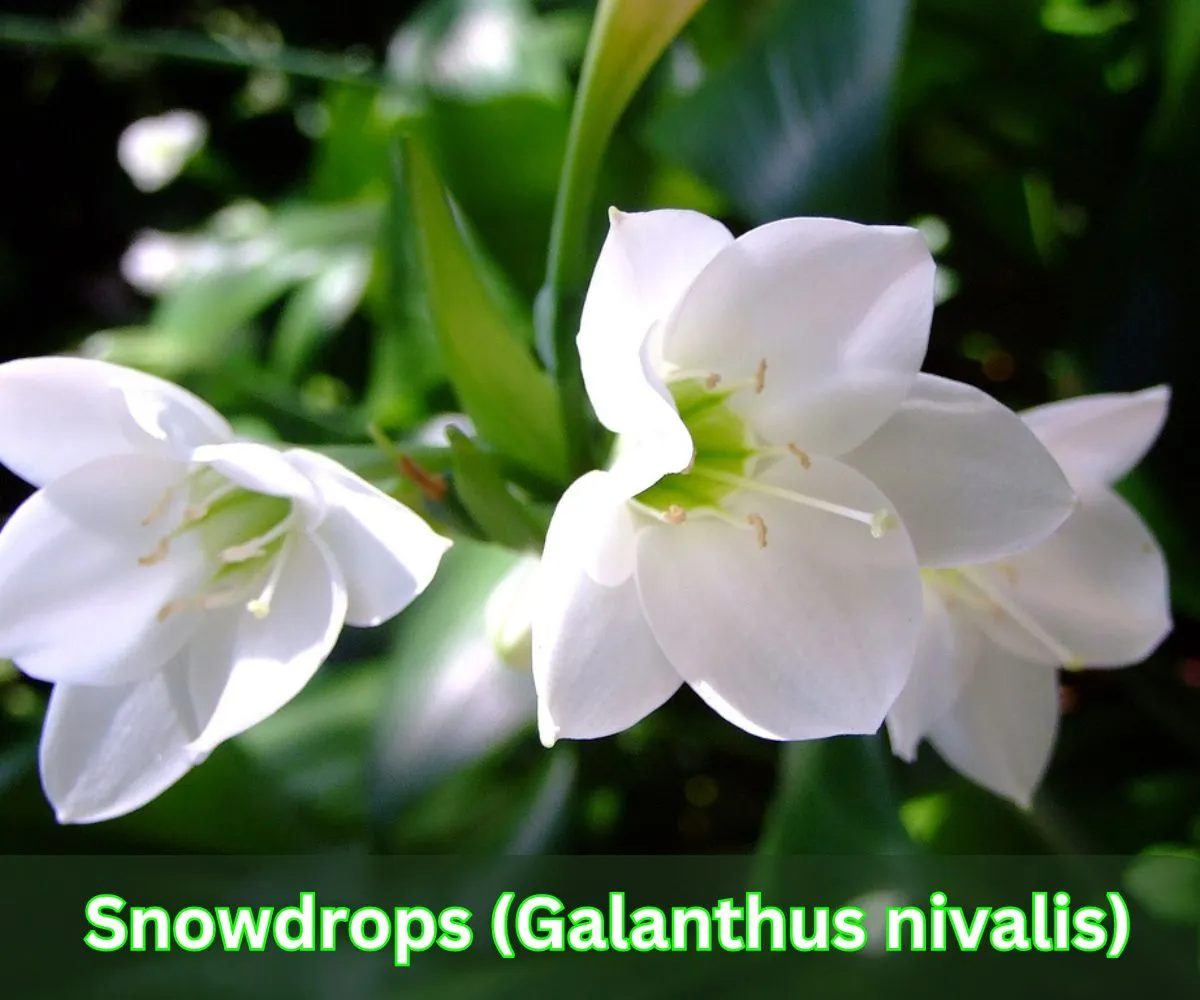
Snowdrops are most of the primary flora to emerge in early spring, often poking through the snow.
Their touchy white petals and inexperienced markings motive them to a charming addition to any lawn.
They thrive in properly-tired soil and might naturalize, which means that they will flow into decrease again three hundred and sixty five days after 365 days, regularly spreading and growing a carpet of white blooms.
Snowdrops are exquisite for planting underneath wooden or in shaded areas in which extremely good flora may also moreover possibly battle.
For more personality startling effect, plant them in clusters. Over time, they will unfold and form a vibrant yellow carpet.
A perennial to 15cm, with slender, grey-inexperienced leaves and solitary, nodding, fragrant white flowers 2.5cm in period, the internal segments marked with green on the tip
2. Crocuses (Crocus spp.)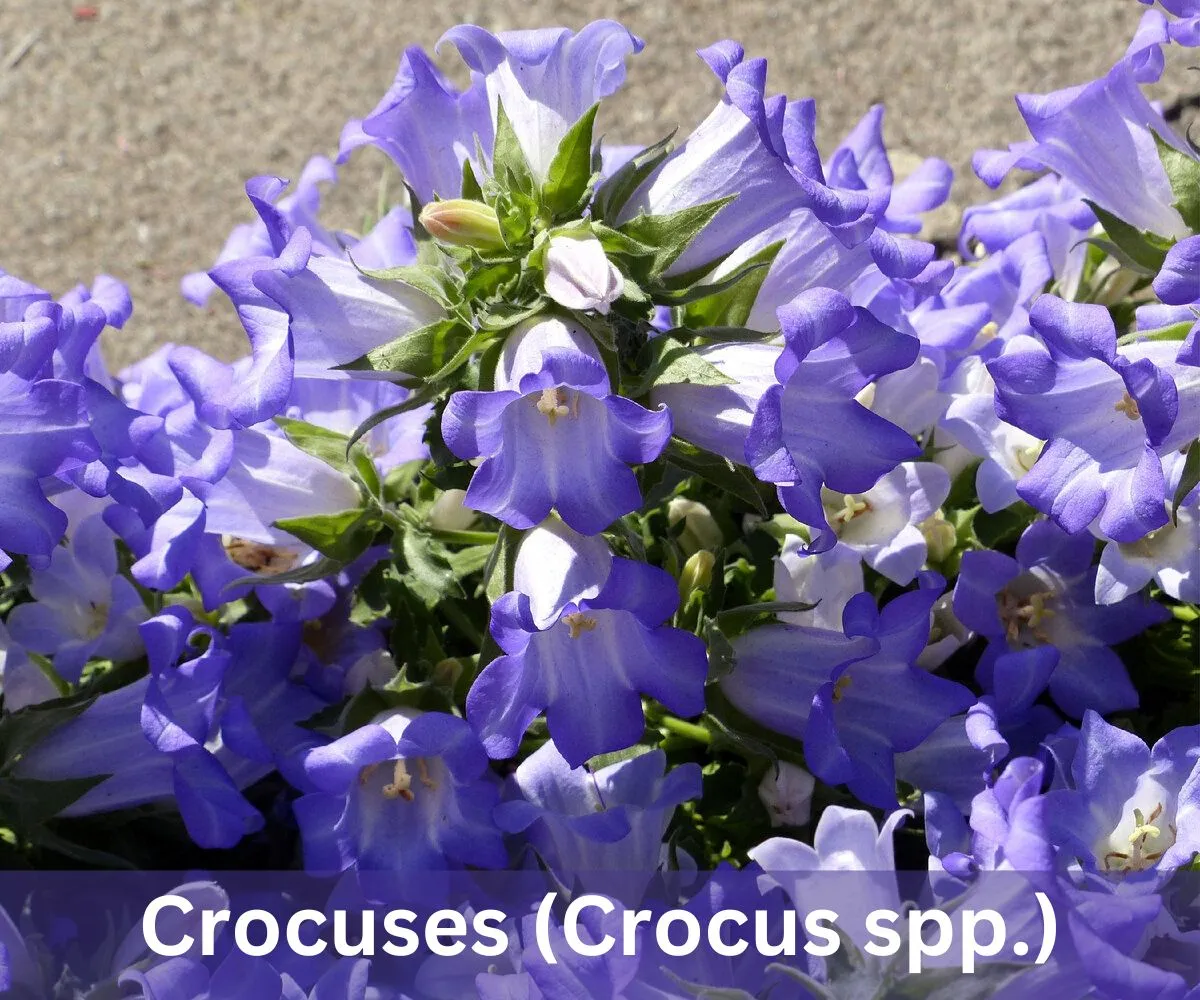
Crocuses are every specific early spring favored, appearing for their colourful sun shades and capability to maintain a touch of brightness to the garden.
They are to be had sun shades of crimson, yellow, and white, and their cup-not unusual plant life make a placing assessment in opposition to the early spring landscape.
The vegetation bloom in early spring, usually ultimate at night time or on cloudy days and beginning up with the morning solar, with many hybrids available.
To plant from corms, plant in the fall approximately 2.5 inches deep and 2 inches apart, 35 to 70 corms according to square foot.
The diminutive crocus, less than 6 inches tall and extensive at adulthood, are regularly planted in mass in lawns, borders, naturalized regions, along pathways and in rock and wooded area gardens.
The corms may be cooked as a vegetable.
3. Hyacinths (Hyacinthus orientalis)
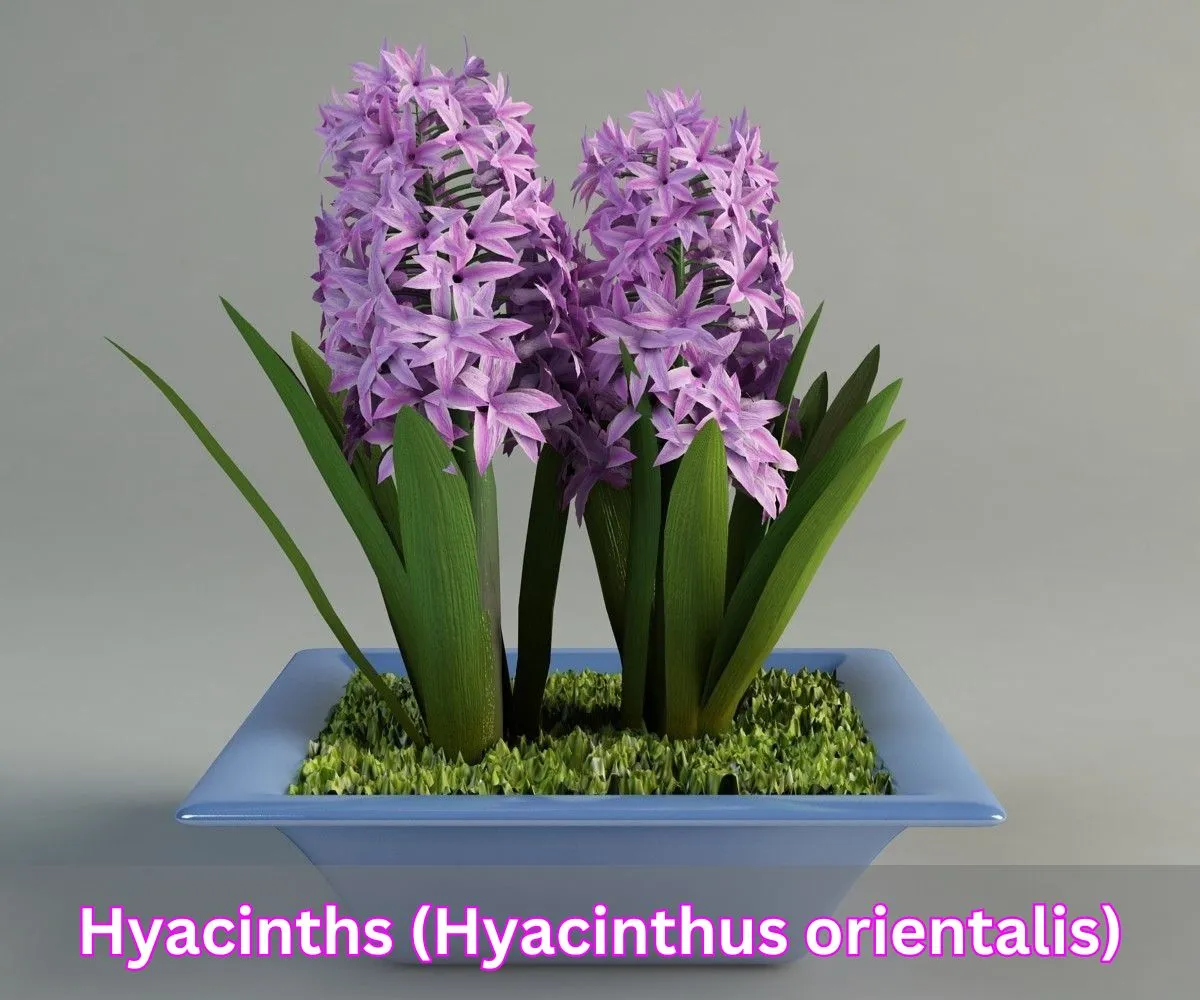
Hyacinths are famed for their extreme perfume and dense clusters of colorful vegetation.
Available in quite a number shades together with purple, blue, white, and crimson, hyacinths can carry a satisfying scent and striking coloration to your early spring garden.
They choose nicely-drained soil and full solar to partial color.
Plant hyacinth bulbs in the fall for a fragrant show the following spring.
The flowers Spikes typically range from 8 to12 inches (20-30cm)
4. Primroses (Primula spp.)

Primroses are bendy and are to be had in a large number of colors, making them a famous desire for early spring gardens.
Their colorful and comfortable blooms can liven up any shady spot in your lawn. They pick out moist, properly-worn-out soil and can be grown in boxes and garden beds.
They can continue to be vibrant and flourishing during the season with constant watering and the addition of a small amount of compost.
Bloom Months
Primroses bloom in spring, starting in April and May, with blooms lasting for weeks.
Primroses opt for a temperature of among 50- and 60-tiers Fahrenheit at night time, in addition to a temperature of lower than 80 tiers Fahrenheit during the day, so keep indoor flora in a fab place of your home.
Make sure the light the plant gets is indirect, in no way direct, as this will warmth the plant too much.
Keep in thoughts that although a primrose could have been pressured to bloom for the nursery or as a gift plant, it’s going to finally revert to the natural blooming cycle, which is for about six weeks in the early
5. The Pulsatilla vulgaris, or Pasque Flower
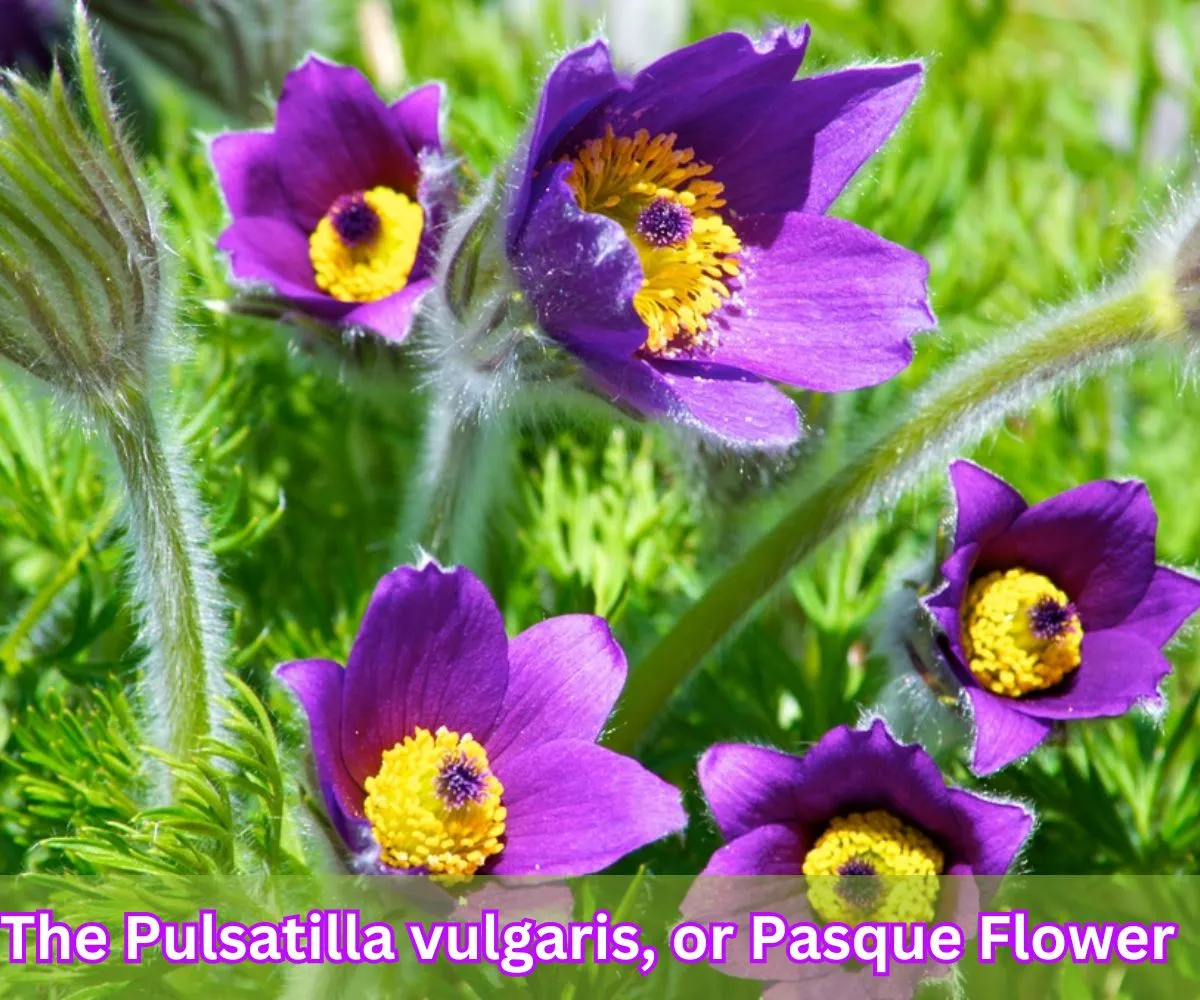
The pasque flower is a very specific addition to early spring gardens, seen for its silky, purple petals and special seed heads.
These hardy vegetation determine upon well-worn-out soil and a sunny place.
They upload a hint of beauty and can be a communication starter due to their unusual appearance.
Pasque flora also are low-maintenance and deer-resistant, making them a fantastic desire for severa lawn settings.
The pasque flower bears a profusion of large showy blossoms 2.3 in wide or 5.7cm on short stems in early spring. A single may thrust over 30 blossoms over a couple of months
6. Dutch Iris (Iris x hollandica)
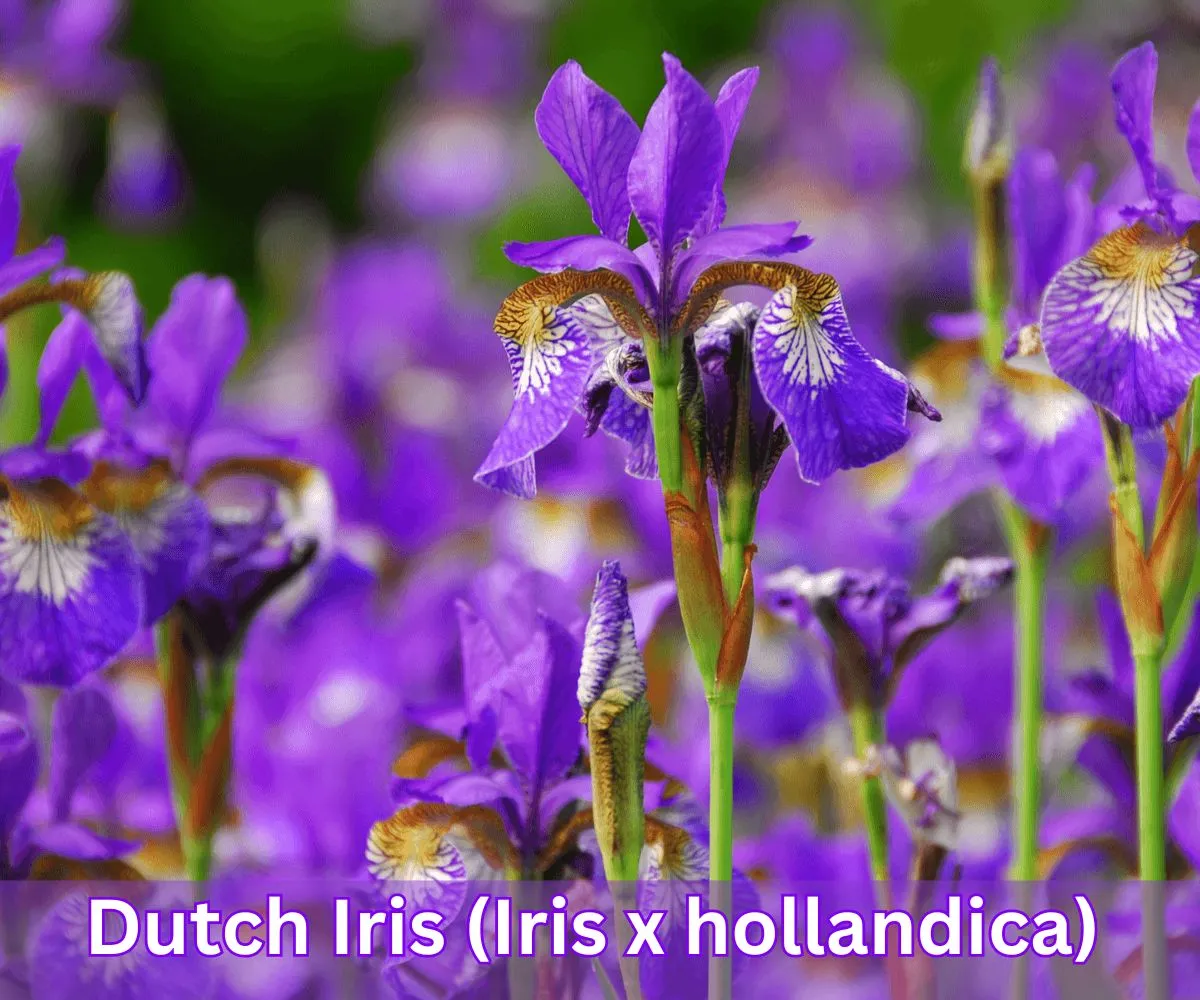
Dutch irises are celebrated for their tall stems and placing, complex blooms which can be had sun shades of blue, crimson, and white.
They add a touch of sophistication to the early spring lawn and may boom as lots as 18 inches tall.
Plant them in properly-worn-out soil in a sunny place for the exceptional outcomes.
Dutch irises are incredible for alongside vertical interest to lawn beds and borders.
7. Lungwort (Pulmonaria spp.)
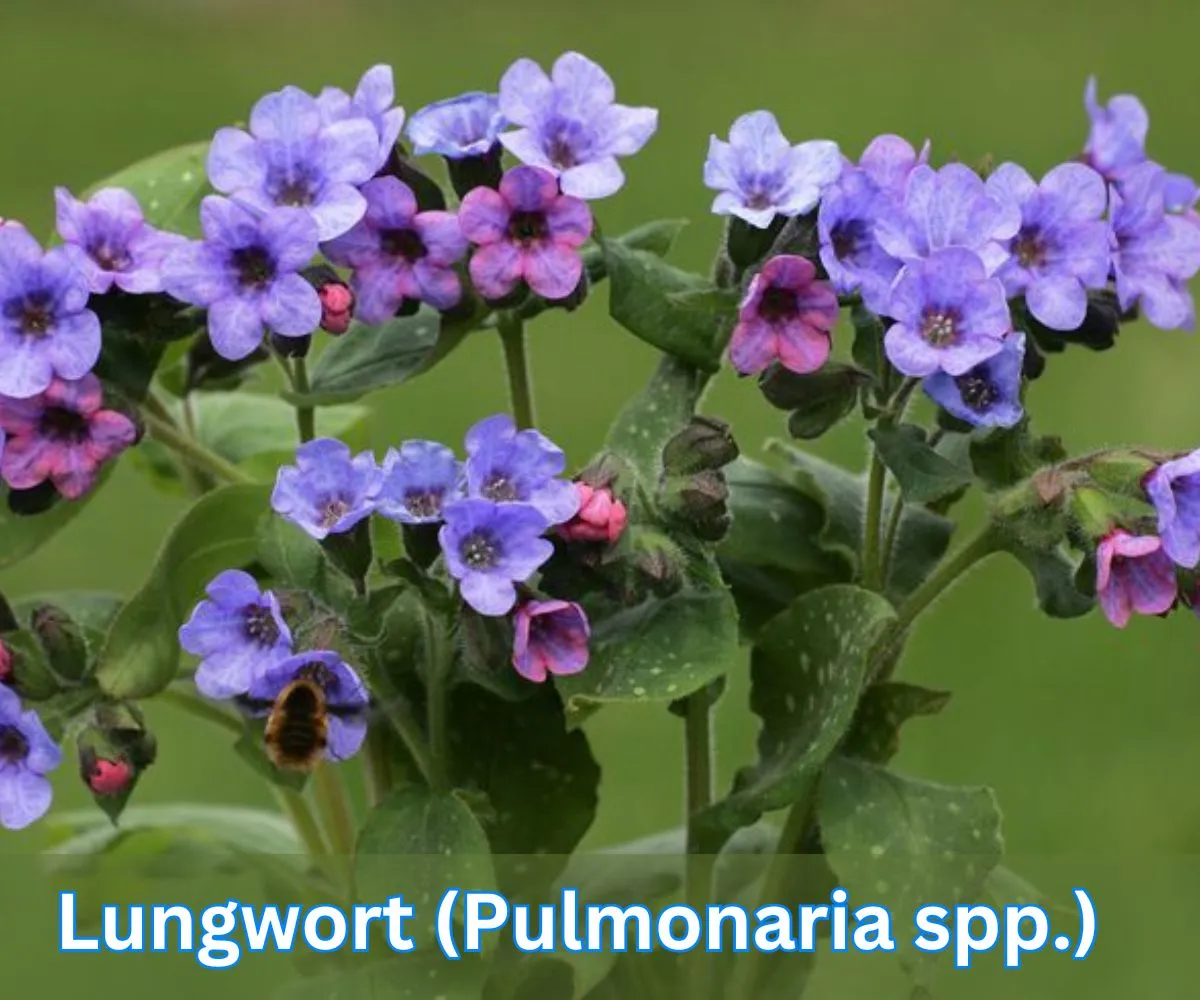
Lungwort is a brilliant desire for early spring shade in shaded garden regions. Known for its speckled foliage and clusters of red, blue, or white flowers, lungwort can add texture and visible interest for your garden.
It flourishes in moist, well-tired soil and can assist liven up dark corners of your garden.
basal rosette, usually no more than 6-10″ tall with a spread up to 2‘. Lungworts flower in late winter/very early spring, some often beginning around the end of February.
The flowers, most of which emerge usually either pink or violet, typically change to blue as they age.
The flowers are borne in corymbs on short stalks that reach just above the foliage.
Pulmonaria generally retain their foliage until late winter, becoming mostly deciduous (depending on parentage) just before the new season’s flowering and regrowth begin.
8. Scilla (Scilla siberica)
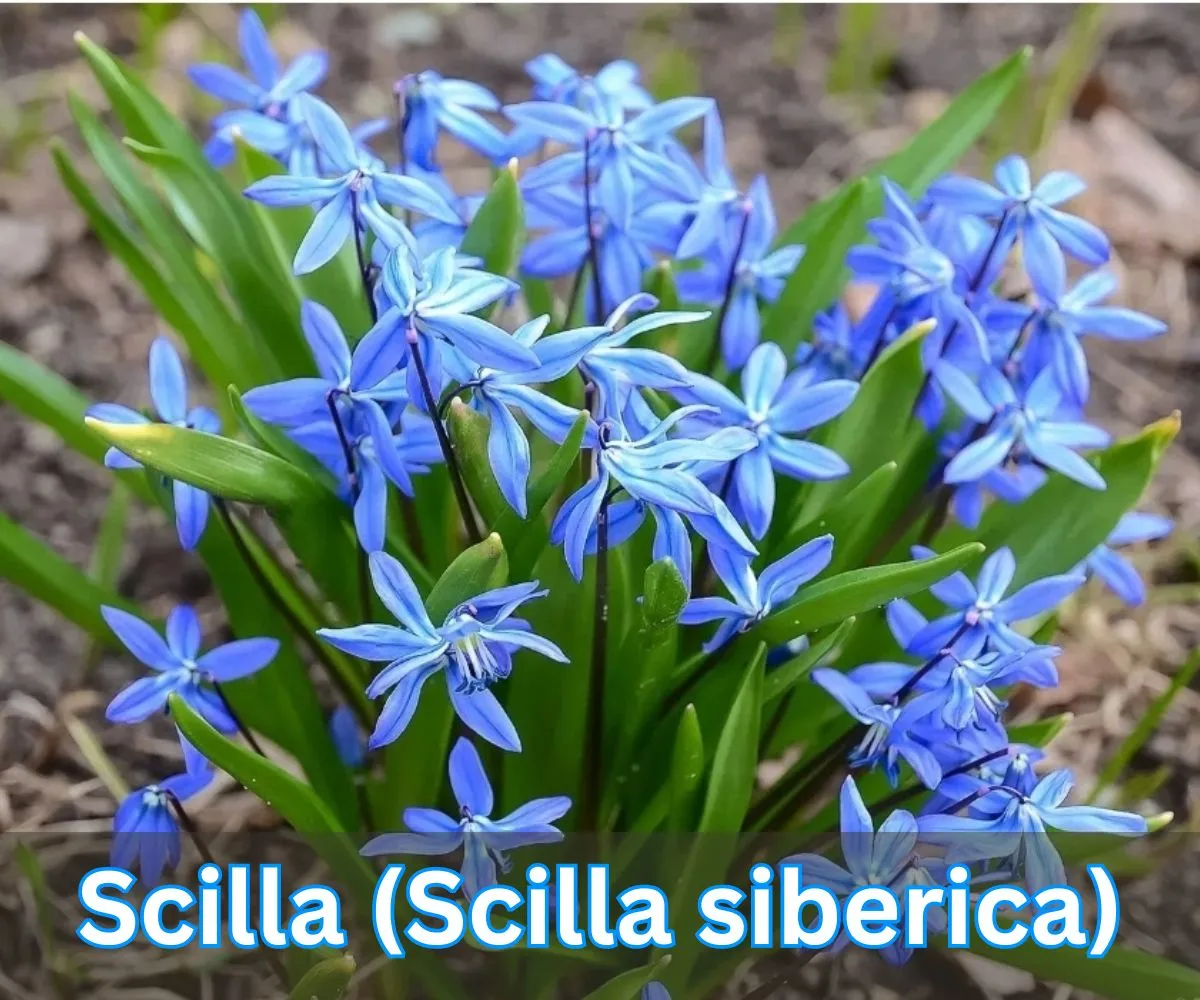
Scilla, or Siberian squill, is a hardy and captivating early spring bloomer with colorful blue flora that create a sea of coloration in the lawn.
They are first rate for naturalizing and could multiply over time, imparting a cute show every 12 months.
Plant them in properly-worn-out soil and partial color to complete solar for the high-quality boom.
One of the earliest spring bloomers, Scilla siberica is a bulbous perennial boasting intense blue, bell-shaped, nodding flowers (2-5 per stem) in early to mid-spring.
Each bulb produces 3 to 4 flower stems above the grassy foliage of narrow strap-shaped leaves.
Easy to grow, this is one of the most winter-hardy scillas and can be found in hardiness zone 2.
A great naturalizer, it multiplies and comes back year after year, turning the landscape into a sea of blue. Looks best when planted in large drifts.
Recipient of the prestigious Award of Garden Merit of the Royal Horticultural Society.
Height
Full Sun, Partial Sun
Spring (Early, Mid)
3″ – 6″ (8cm – 15cm)
9.Hellebores (species of Helleborus)
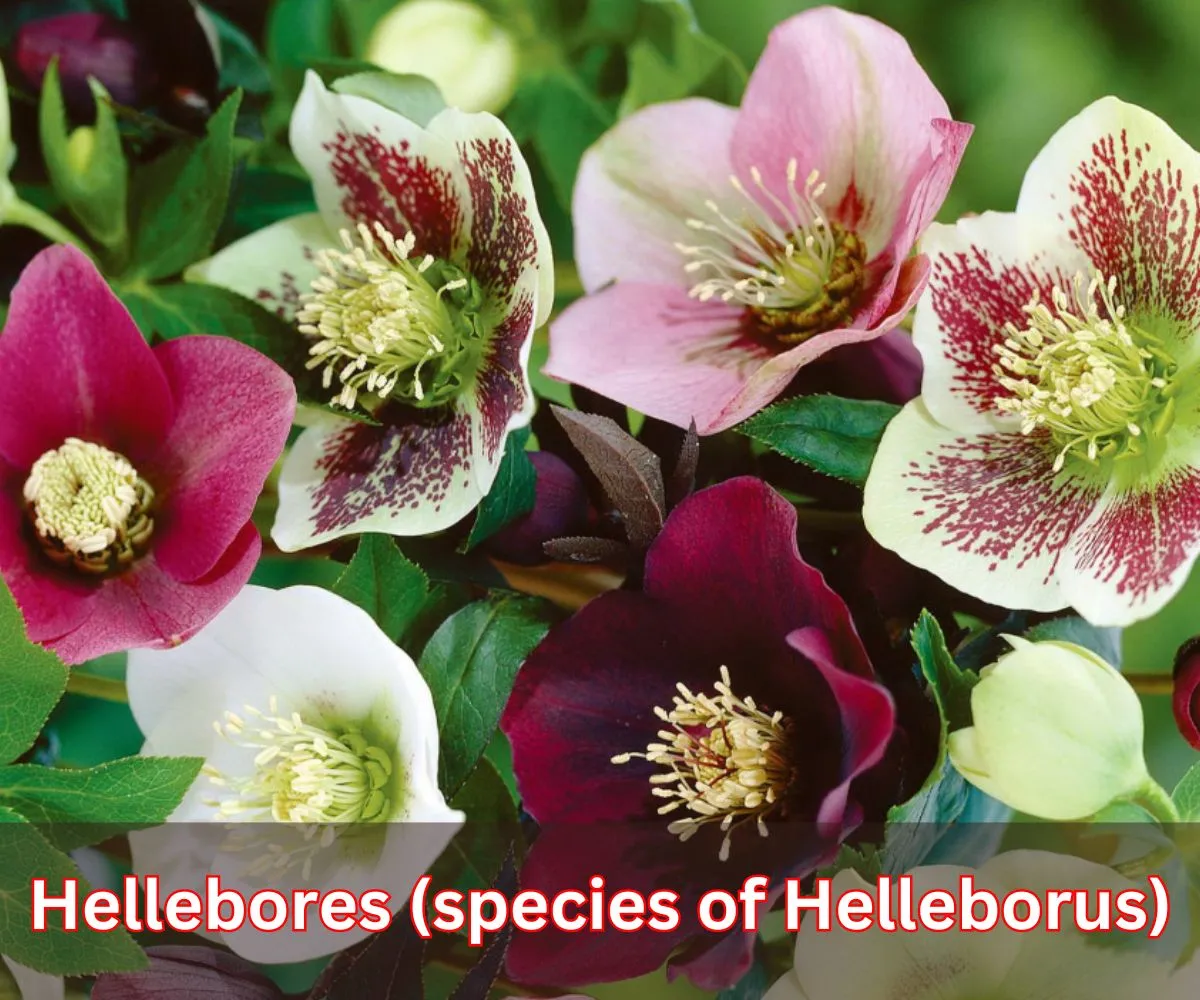
Hellebores, sometimes referred to as Lenten roses, are prized for their long-lasting blooms, which can develop as early as after the arrival of a cold winter.
They are to be had in numerous shades, on the factor of white, crimson, and red, and their unique blooms can add splendor to shaded garden areas.
Hellebores decide on rich, properly-worn-out soil and can be an extended-lasting addition for your garden.
Hellebores (Helleborus species) are captivating early spring bloomers, typically developing 12 to 24 inches tall and 12 to 24 inches extensive.
They can live for several years, frequently thriving for five to ten years or more with proper care.
While they’re normally long-lived, they will sooner or later decline because of age or environmental pressure, requiring division or substitute to maintain lawn fitness.
FAQ’s
- When is the tremendous time to plant early spring bloomers?
Plant early spring bloomers inside the fall to make certain they may be nicely-hooked up in advance than wintry climate.
- Can early spring bloomers increase in shaded regions?
Yes, many early spring bloomers like snowdrops and lungwort thrive in shaded or in element shaded areas.
- How can I make certain my early spring bloomers skip yet again each twelve months?
Choose hardy types and plant them in well-tired soil to assist them naturalize and bypass lower returns each 365 days.
- What form of soil is pleasant for early spring bloomers?
Well-worn-out, nutrient-wealthy soil is ideal for max early spring bloomers.
- How frequently do I want to water early spring bloomers?
Water them regularly, keeping the soil moist but no longer waterlogged, mainly ultimately of dry spells.
Conclusion
Incorporating NYT’s remarkable early spring bloomers into your lawn is a surefire way to create a colorful and inviting outside place. Snowdrops, crocuses, and hyacinths, among others, offer a burst of shade that would brighten even the dullest of early spring days.
By selecting those top options, you can make certain a cute start to the gardening season. Embrace those early spring bloomers and enjoy a garden that includes life with the promise of spring.

